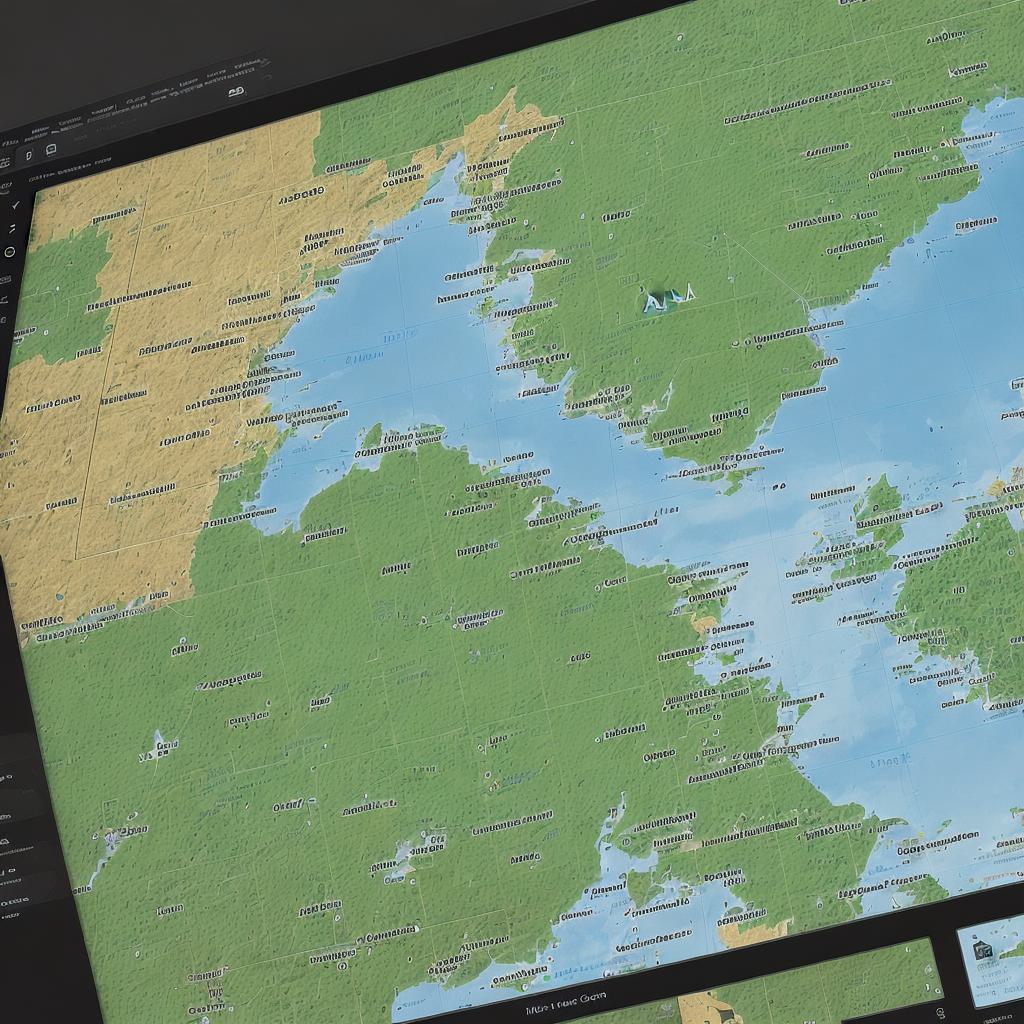Greetings, dear users!
In today’s data-driven world, having a solid understanding of data visualization tools is crucial for making informed decisions. Among these tools, Atlas, the geographic information system (GIS) platform from Esri, stands out as a powerful solution for analyzing and presenting spatial data.
If you want to master Atlas, then read on!
Getting Familiar with Atlas
Atlas is an intuitive web mapping application designed for creating interactive, dynamic maps and stories, which can be easily shared across the web. It provides a user-friendly interface that allows you to create visually appealing maps in minutes, perfect for both personal projects and professional presentations.
Key Features of Atlas
- Map Templates: Atlas offers a variety of map templates, making it easy for you to get started without requiring extensive knowledge of GIS techniques. These templates cover various themes such as demographics, business locations, climate data, and more.
- Interactive Maps: Atlas allows users to add interactive features like pop-ups, legends, and filters to their maps, making it an excellent tool for presenting complex information in a clear and engaging way.
- Data Connections: You can connect your maps to external data sources, enabling real-time updates and analysis of the most recent data.
- Sharing and Collaboration: Atlas supports easy sharing of your maps via social media or email, as well as collaboration features that allow multiple users to work on a single project in real time.
Creating Maps with Atlas
To create a map using Atlas, follow these simple steps:
- Choose a Template: Start by selecting an appropriate template for your data. Atlas offers templates for various themes and use cases.
- Add Your Data: You can add your data to the map by connecting it from external sources or uploading it directly.
- Customize Your Map: Customize your map by changing colors, labels, and other visual elements to suit your needs.
- Add Interactive Features: Engage your audience by adding interactive features like pop-ups, legends, filters, and more.
- Share Your Map: Once you’re satisfied with your map, share it with the world using various sharing options provided by Atlas.

Summary
Atlas is an indispensable tool for anyone looking to create visually stunning and interactive maps. With its user-friendly interface, customizable templates, real-time data connections, and easy sharing features, mastering Atlas can significantly enhance your ability to analyze and present spatial data effectively.
